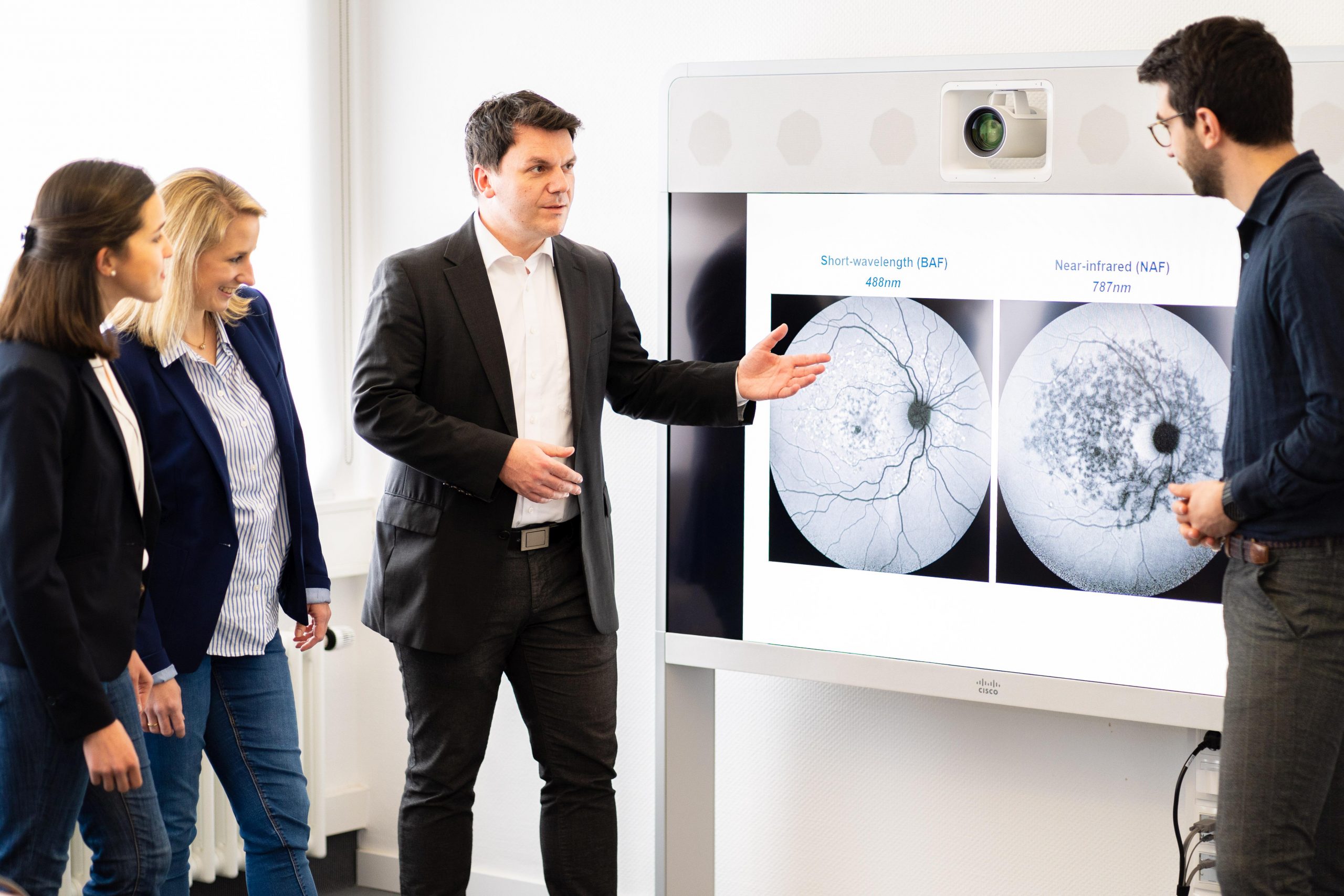MISSION
READING CENTER SERVICES
ADVANCED AI IMAGE ANALISIS
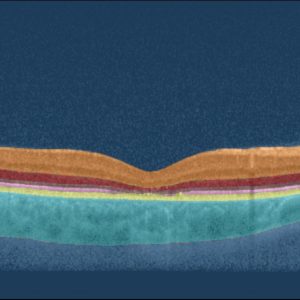
AI OCT segmentation
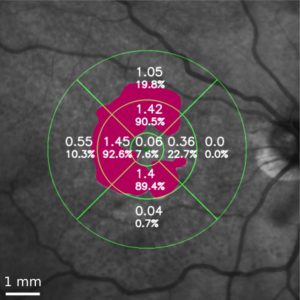
AI Geographic Atrophy (GA) Segmentation
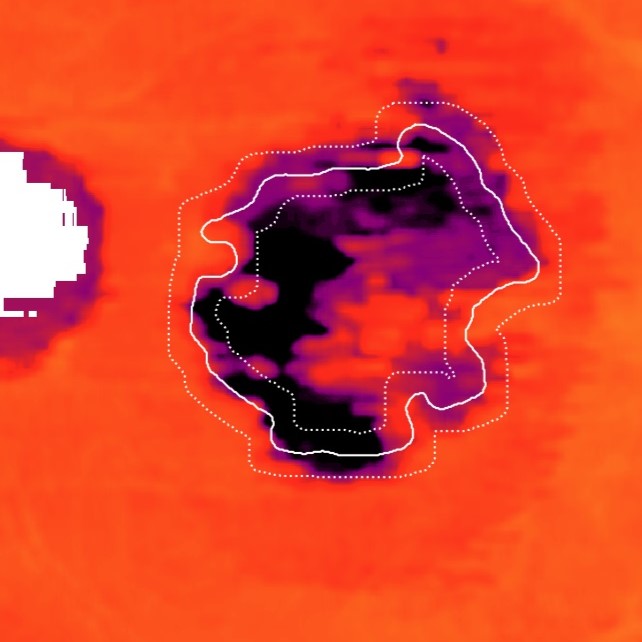
AI Inferred microperimetry Sensitivity
We seek to expand our national and international collaborations with partners in industry and academia as well with other health care professionals and bodies.
ABOUT GRADE
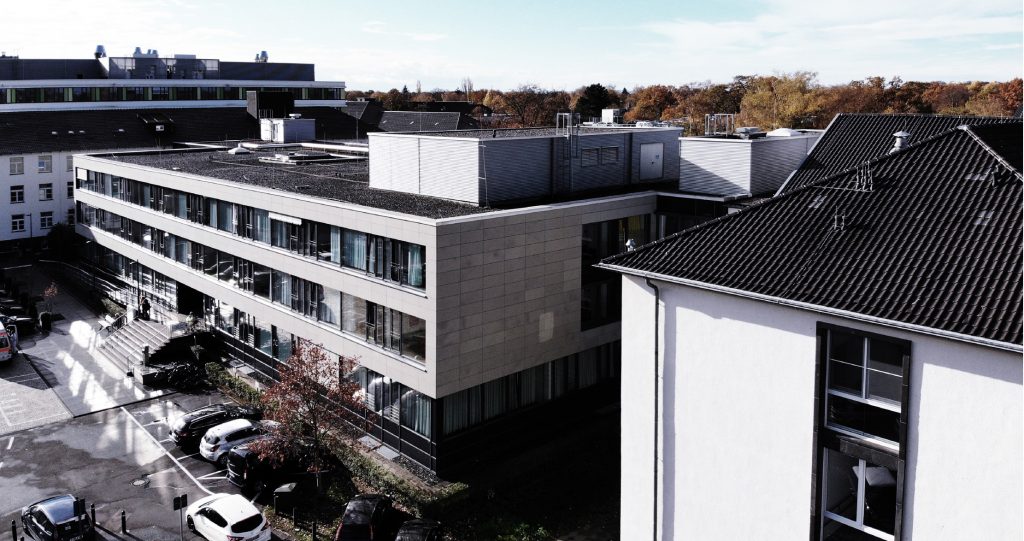
New emerging imaging technologies such as confocal scanning laser ophthalmoscopy and spectral-domain optical coherence tomography provide new insights in the human retina invivo and give information above and beyond that obtained by conventional imaging methods. They also contribute to our understanding of pathophysiological mechanisms, diagnostics, phenotype-genotype correlation, identication of both prognostic and predictive markers for disease progression, and monitoring of novel therapies.
While retinal imaging represents an important tool for the assessment of efficacy and safety of new therapeutic interventions, there is an additional unmet need for robust, reliable and meaningful tests that allow the direct assesment of functional impairment and that are also accepted by regulatory agencies, health technology assessment bodies, and payers. This also includes a better understanding about the impact of desease-specific morphological changes to measurable retinal sensitivity. In this context, GRADE's activities have been recently also focused on the more detailed structural-functional analysis using mesopic and scotopic fundus-controlled perimetry (also called microperimetry) in combination with high-resolution retinal imaging.
State-of-the-art clinical trials require standardized acquistion, processing and analysis of clinical data. National and international agencies demand internal validation of all applied procedures. Reproducibility and observer variability of new retinal imaging techniques and functional tests as well as their evaluation must be ensured. These challenging tasks are realized by the Steinbeis-Forschungszentrum GRADE Reading Center, located at the Department of Ophthalmology of the University of Bonn, Germany.


